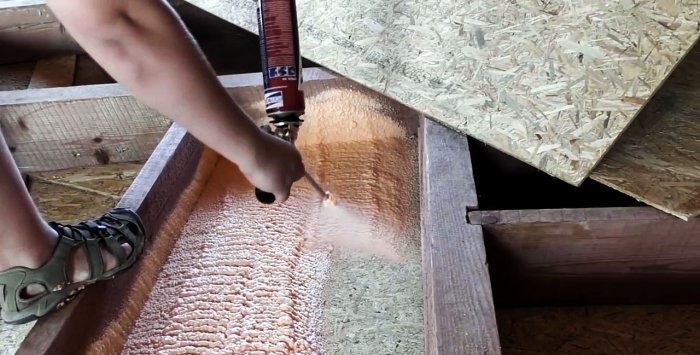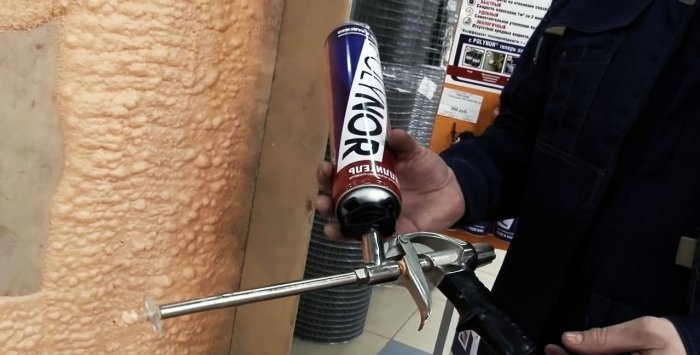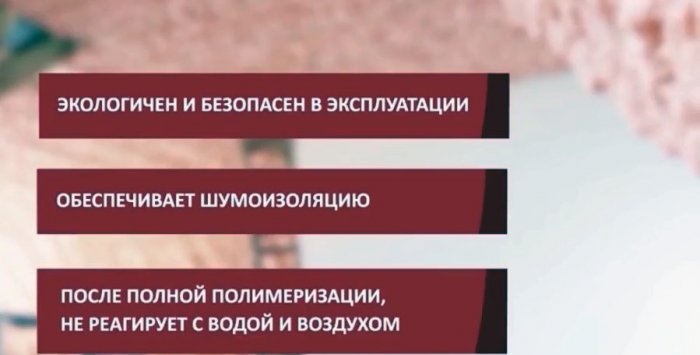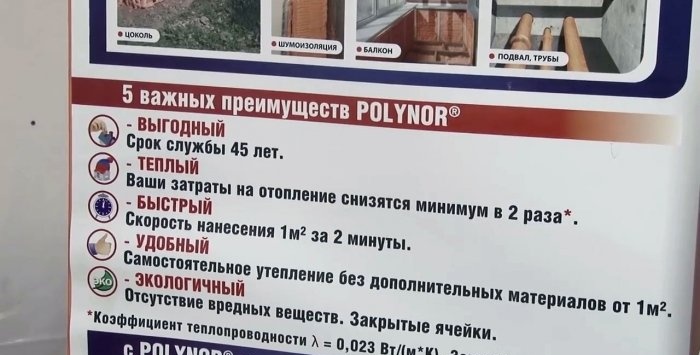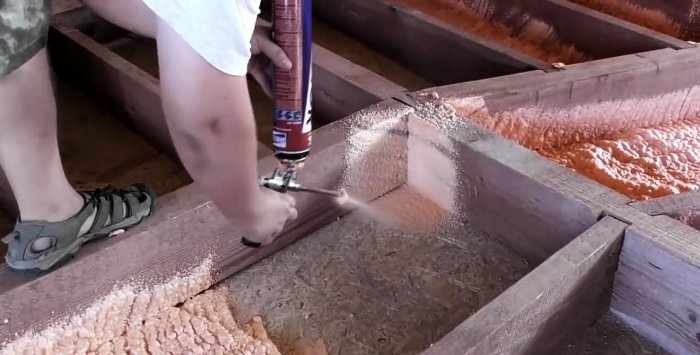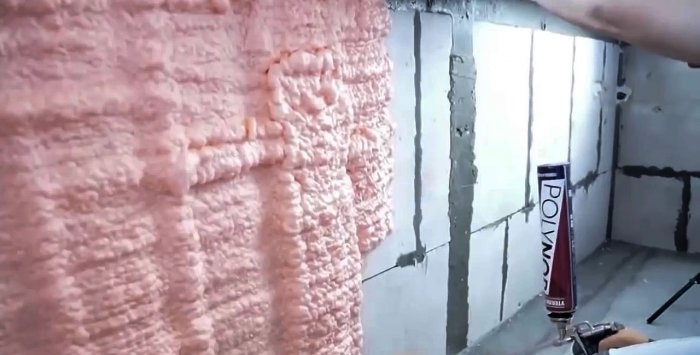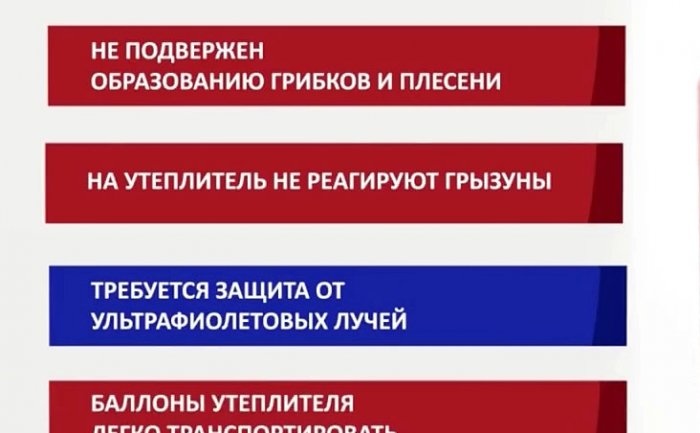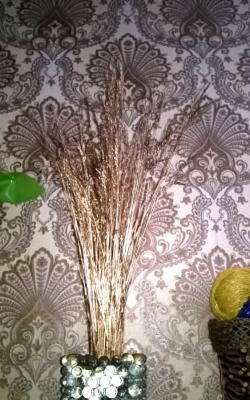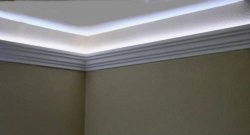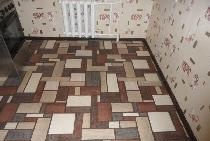New generation universal insulation materials
The following article will discuss in detail the properties, scope and application features of modern new generation insulation materials. As an example, and not for advertising purposes, we have chosen Polynor brand products - a one-component polyurethane foam insulation, which is sold in standard aerosol cans. They can be freely purchased at almost any hardware store at a fairly reasonable price.
This can is equipped with a special nozzle for uniformly spraying insulation onto a vertical, horizontal or inclined surface, as well as a special corner nozzle for spraying onto the ceiling, but it is not included in the kit and must be purchased separately. Also, to apply polyurethane insulation you will need a regular mounting gun.
With the approach of winter cold, many people begin to think about insulating their living square meters, be it a finished place of residence or a new house under construction. This is especially important in regions with harsh climatic and weather conditions.
Today, new building materials regularly appear on the market that can quickly protect any structure from freezing and, in addition, from annoying noise, the source of which is located inside or outside the building.
The same modern insulation consists of polyurethane foam, which is environmentally friendly, safe and harmless to humans, animals, the environment and nature. This insulation does not emit any hazardous substances, so it can be used in any premises without any restrictions or preconditions.
Insulation can be used both indoors and outdoors - on balconies, loggias, ceilings, roofs, basements and in containers for various purposes - this type of insulation can be used everywhere.
This material is not afraid of moisture and is completely uninteresting for small domestic rodents. It is quite durable and can be guaranteed to last 50 years without losing its original characteristics. This is several times more than the familiar mineral wool, the service life of which is only 10 years, and only if the technological process of its installation is strictly followed. This polyurethane foam insulation can be applied without any preliminary preparation and completely independently.
Application of insulation
It is enough just to shake the can before applying it, and its temperature should be in the range from 25 to 30 degrees Celsius. If work is carried out in cool weather or in an unheated room in winter, it is necessary to preheat the cylinder by immersing it in warm water at the appropriate temperature.
Insulation can be applied with equal success to both horizontal and vertical surfaces.
A special nozzle creates directional spraying. The recommended application layer at a time is 50 mm. In this case, one can is enough for 1.2 square meters. m. If the thickness of the insulation material is reduced to 30 mm, then the coverage area will increase to 2 square meters. m.
The work of applying polyurethane foam insulation can be done by anyone. Even a housewife or a young girl who has almost never dealt with construction work can handle it. The only thing required is to wear safety glasses.
It should be noted that the polyurethane foam insulation discussed here, after complete polymerization, becomes completely inert in relation to water, both technical and atmospheric, as well as to air. Fungi and mold do not form and cannot develop on its surface.
The only limitation in its use is protection from ultraviolet radiation.
In conclusion, I would still like to note that before applying any insulation, including polyurethane foam, the surface should be cleaned of dust, oil and grease deposits, as well as any peeling layer, for example, old peeling plaster or paint.
Watch the video
Similar master classes
Particularly interesting
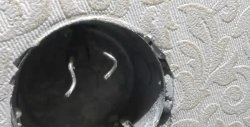
How to install a socket if there are short wires left
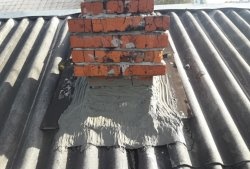
How to eliminate gaps between the chimney and slate
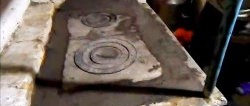
How to mix an ultra-reliable solution for the oven that does not give
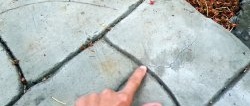
There will be no more cracks: What to add to concrete to make it
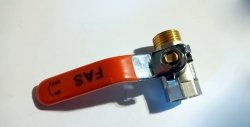
Never buy ball valves without checking with me
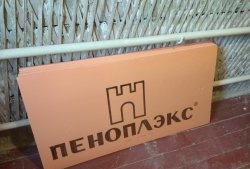
New technology for floor insulation with penoplex
Comments (11)

